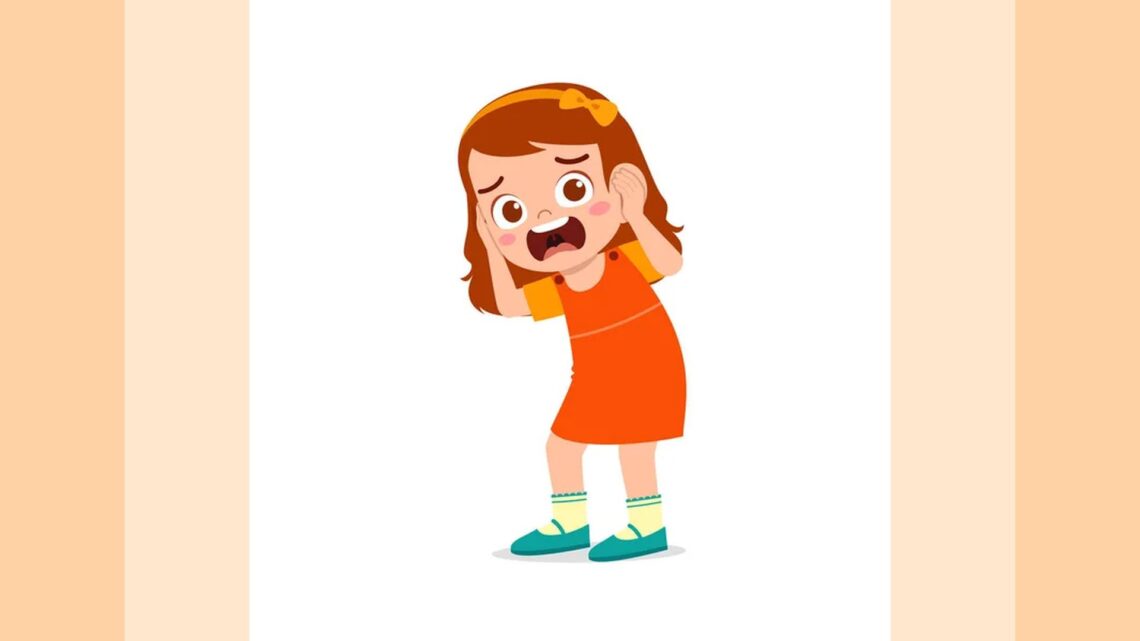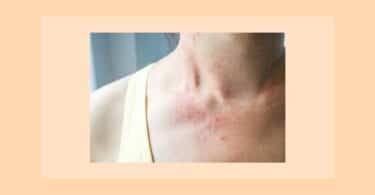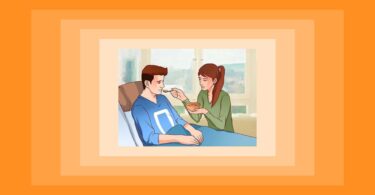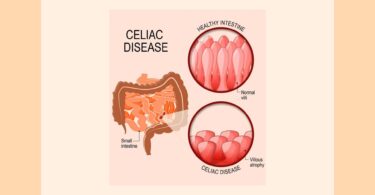A nine year old girl was brought to see me for her recurrent attacks of tonsilitis which would also lead to otitis media with high fever.
She was accompanied by her mother who is Indian; her father, who was absent during the interview, was British.
The child had a very acute nasal obstruction and had undergone a surgery for removal of adenoids when she was four yeras old.
Now the E.N.T. surgeon was suggesting that she needed to get her tonsils removed too. They gave her antiobiotics that resulted in infected boils on the body especially around the buttocks. In fact, when she was bought to me, she had just completed a course of antibiotics and this had resulted in boils in the buttock area. This was mentioned to me but I found it strange that the child did not seem to show any apparent discomfort while sitting due to these.
I generally pride myself with being able to break through the defences of even the most surly of kids (an art I am sure must have rubbed off on me through silently watching my father handling children in his practice and of course going through the joy and challenge of watching and learning from my own children growing up. The older one is a teenager so I am definitely qualified on this subject!) But I must admit that this girl tested my skills to the hilt. For her, it was a professional interview and she would answer only to the point and that, too, needed a lot of coaxing from her mother. It was also clear that the failure for an open communication was not due to any lack of confidence on her part at all. In fact, she sat upright on her seat, hardly budged from her place, just kept looking at me warily and answered the questions put to her after a lot of careful reflection and to the point; these were my initial impressions of her.
Let me tell you the circumstances in which I had to see her. As this was an emergency case, it had to be accomodated during my busy follow-up timings. Generally under such circumstances I find it useful to allow the attending assistant to start the interview outside my inner office. It not only gives the assistant a chance to test her or his own skills on the method used in the clinic but often, as they are good observers themselves, they present a very accurate summary of their encounter with the patient. I must say that in this particular case the assistant had done a very accurate assesment of the girl and had briefed me with not only the present and past medical history but also her understanding of the vital points in the case. At the same time after spending almost an hour with the girl and her mother and gathering these impressions, she was wise enough not to be biased towards any particular remedy. I find this a mature process and approach and always encourage it in all my assistants.
The words that came up and were related to me before I started the interview were: aggression, more like being argumentative; strength, which she uses to her advantage if she sees someone smaller being bullied; not enough perseverance (satisfied with her grades, much to her mother’s annoyance); sensitive (towards others feelings or people getting hurt); caring (more as being protective towards younger children); fearless and lastly, content (in her own company).
Based on these, the assistant did say that she was tempted to think of a strong metal remedy like Ferrum but there were some aspects in the case that did not fit into that group of remedies, namely the first line of the metals in the periodic table or the Iron series, as termed by Scholten, of which Sankaran has put forward the theme of attack and defence. You will agree that this was not a bad suggestion at all. But we have to learn the importance of being unprejudiced observers at an early stage of the session. As Sidhu in his cricket commentary of one-day cricket puts it, “It aint over till the last ball is bowled”. All I had to do was to get the mother and child in and ask them to elaborate on each one of these impressions and keep my mind absolutely open.
I could gather right away that the girl found our probing rather intrusive and this had made her clam up a bit. So I had to explain to her the relevance of this information and its importance in understanding her and arriving at the appropriate remedy for her through this exercise. But keeping our latest method of enquiry, I decided that I should focus on the chief complaint. The girl told me that her recent ear infection caused an ear discharge at night which was preceded by acute pain. When asked more about this pain she explained that she generally ignores pain till she cannot bear it at all. She seemed to have a very high threshold to pain. This co-related with my previous observation where she did not seem to be in much discomfort inspite of painful boils at a very sensitive area, the buttocks. When I examined these boils at the end of the case-taking I could see her wince a bit but there was no complaint at all.
The rest of the case mostly was spent in examining this strange phenomena and where it probably stems from. The mother gave various instances that highlighted that inspite of grave injuries, during suturing and during acute ear pains to name some, the child, although in pain, would keep a strong check on not letting the pain get the better of her. It is important to undertsand at this stage that it was not a situation of not feeling the pain or analgesia as this belongs to a seperate group of remedies. Rather it was a need to control the pain.
The mother further explained that her daughter probably got this aspect from her father. Her husband was one of the first in his family to divert from their basic livelihood of farming to a management career. But he and his family were made of stocky and sturdy people and they never complained of most scratches and injuries and let nature take its natural course without even taking recourse to pain killers. They were all built very strong physically. In spite of all this brute strength which the girl was capable of, she only used it when she saw that someone weak was being hurt or bullied by someone stronger. Then she would readily take up the role of a protector. But she never misused her strength. In fact she was sensitive and caring to the pains of others and when her own sister was an infant she would guard her very caringly so that she does not get hurt in any way. This sensitivity was also extended to her own feelings of getting very hurt if anyone found any fault in her. It was important for her to see her parents happy. She would try hard to please her parents. The mother further said that she does not like talking about her pain. She feels that if she will ignore the pain, it will go away.
The mother’s predominant state during pregnancy can be a very crucial aspect worth probing into for an accurate insight into a child’s state. In this case however, the father’s state gains weightage and this co-relation is a very fascinating equation that I have confirmed time and again. It is important of course to proceed with caution and again without prejudice. There may definitely be instances where there is no direct connection between the state of either parents with that of the child. But one must be alert and open to this phenomena when it is obviously glaring at us and hoping to be recognized by a keen observer. There are also instances when a child may be adopted and we have no links of his or her lineage. In cases like that there are other ways to get an entry point but that is not the scope of this article.
From all this information and the sensitivity which was also an important issue, the case was leading to a plant remedy. Further, the vital sensation revolved around injury or hurt which takes us to the family Compositae. The need to control the hurt or the pain associated to it takes us to the cancer miasm. The remedy that emerges is Bellis Perrenis. This is a remedy that covers malignancy in a very big way, especially of the mammae after contusions. Hence it has been classified under the cancer miasm in which the main aspect is to keep everything under control even if it amounts to a suppression. For me, for the first time, I really could appreciate why some books refer to it as a gardener’s remedy. The remedies belonging to this family are acutely sensitive to the pain and suffering of others. It’s almost as if they feel the pain of others. Also most of them happen to be injury remedies too and easy bleeders as well. She was given a single dose of the remedy in 1M potency, keeping the acuteness as well as the intensity with which it matched her state. The results were very gratifying. Within two days the boils started clearing up. Subsequently, she could even indulge in food items that would not agree with her in the past and could start her swimming as well. It has been six months and she has not needed another dose and continues to be under observation. She has become more approachable too.
You can judge for yourself how difficult it would have been without the new method to derive at this girl’s remedy. I am presuming that all your readers are aware of Dr. Sankaran’s concept of miasms and his latest case-taking method. For further clarification you need to refer to his latest book Insight into Plants.
Here are the proposed feelings and sensations of other Compositae remedies along with their corresponding miasms-
The common theme as mentioned earlier is of injuries/insults:
Arnica – Miasm Acute – Shock from sudden injury
Calendula – Miasm Acute
Chamomilla – Miasm Typhoid – If I scream, yell, kick, abuse enough, I will stop being injured and hurt and will recover
Cina – Miasm Malarial – Persecuted by injury
Taraxacum – Miasm Ringworm – Trying to struggle with injury, hurt and insult, sometimes avoiding sometimes accepting
Senecio Aureus – Miasm Sycotic – Avoiding hurt, insult, injury by covering up and hiding oneself
Abrotanum – Miasm Tubercular Oppressed and suffocated by injury
Bellis Per – Miasm Cancer – Controlling the injury and hurt
Inula – Miasm Leprous – Isolated, scorned and disgusted by injury
Echinacea – Miasm Syphilitc – Destroyed by being injured or death from injury
So, I wish you all the very best and hope that homoeopathy brings joy, excitement and satisfaction to you all as it does to me.





